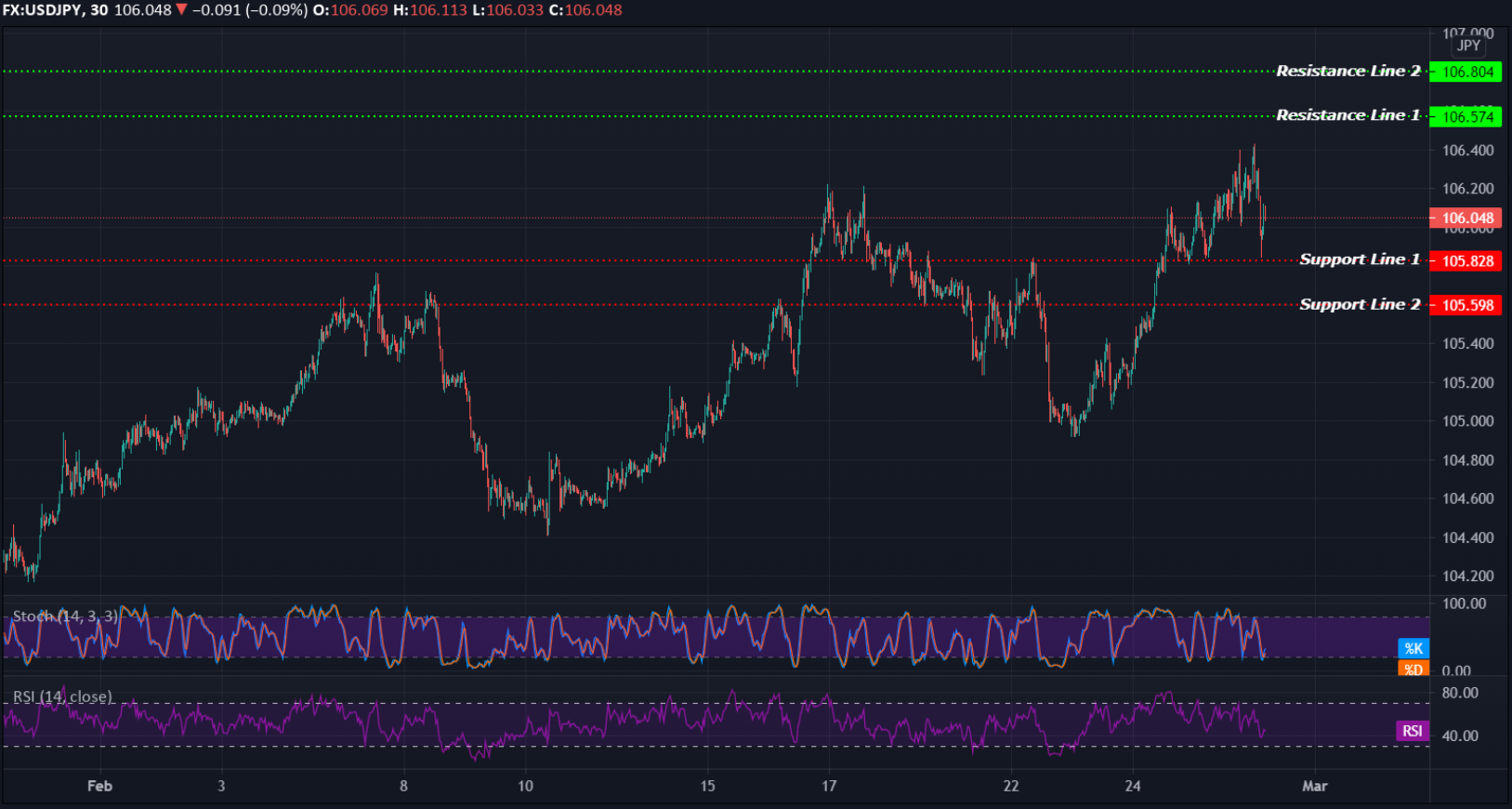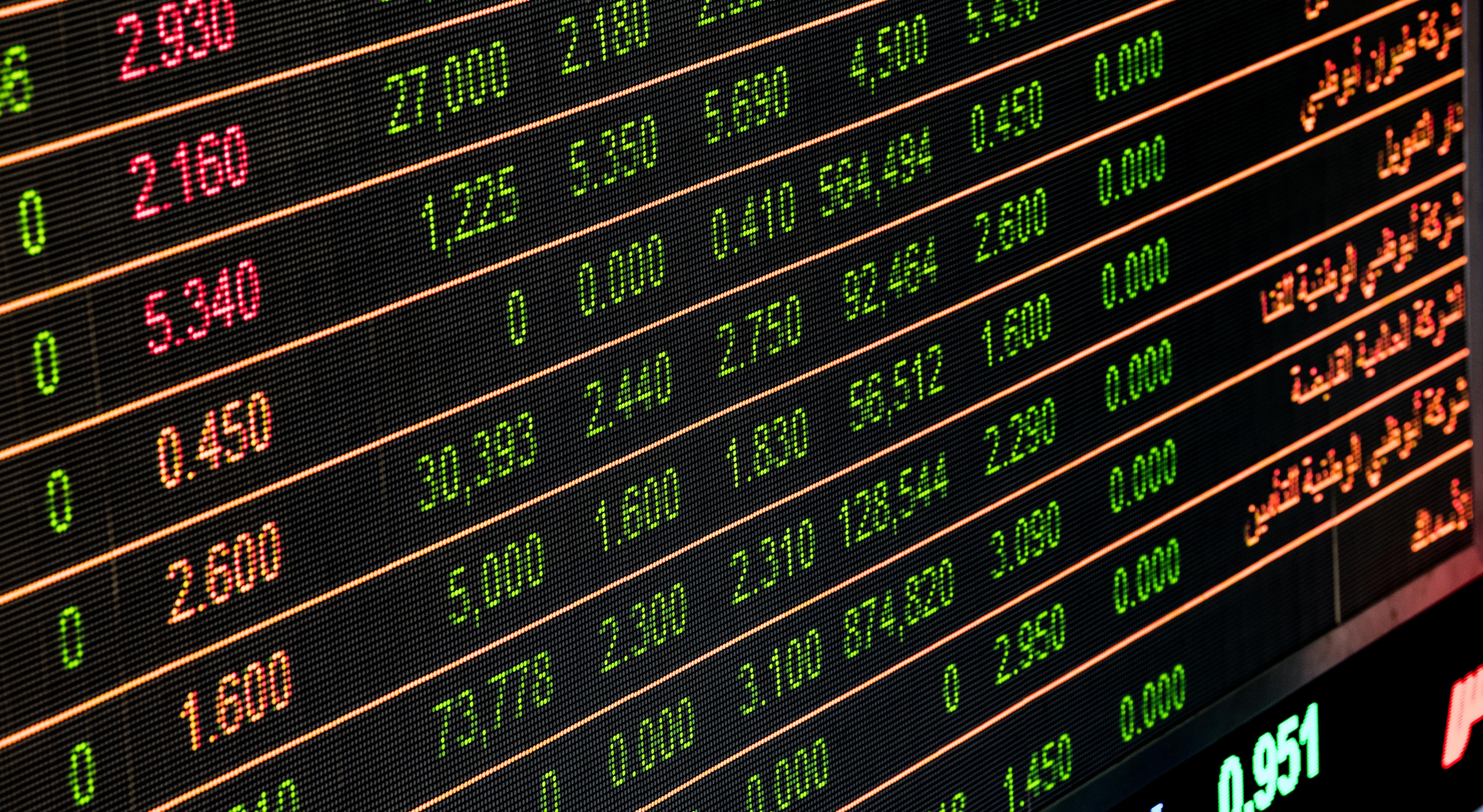EQUITIES
Asia-Pacific markets fell sharply on Friday, with the South Korea’s KOSPI leading the losses at -3.19%, followed by the Nikkei 225 and Hong Kong’s Hang Seng index by -2.72% and -2.44%, respectively. Mainland Chinese stock, the Shanghai composite was down -1.84%, the Australia’s S&P/ASX 200 slipped -1.88%, the India’s S&P BSE Sensex index shed 1.30%, and the Singapore’s Straits Times index down -0.97%.
Overnight, the tech-heavy Nasdaq Composite dropped 3.52% to close at 13,119.43 in its biggest sell-off since Oct. 28. The Dow Jones Industrial Average also fell 1.75% to finish its trading day at 31,402.01 while the S&P 500 declined 2.45% to close at 3,829.34.
OIL
Oil retreated from its the highest in more than a year on profit taking and rising dollar. The international benchmark Brent crude futures traded to $66.59 per barrel, while the U.S. crude futures at $63.19 per barrel.
Overnight, the Brent close at $66.88, while WTI futures ended at $63.53 per barrel.
CURRENCIES
Rising economic expectations and inflation concerns pushed the benchmark U.S. Treasury yields to their highest since the pandemic began, helping lift the dollar off a 7-week low.
The U.S. dollar index, which tracks the greenback against a basket of its peers, was at 90.31 after it rose earlier from below the 90 level.
Emerging-market and commodity-linked currencies retreated, with the Australian and Canadian dollars stepping back from 3-year highs.
Bitcoin traded below $48,000 again.
GOLD
Gold prices steadied on Friday and headed for a second straight weekly decline as the U.S. Treasury yields edged higher.
The spot gold traded higher at $1,772.40 an ounce, while slipped around $1,771.10 per ounce for gold futures. Previously fell more than 2%, to close at $1,770.10 and $1,775.40, respectively.
Silver at $27.33 an ounce. Platinum at $1,214.00, while palladium at $2,294.00.
ECONOMIC OUTLOOK
Stocks in Asia-Pacific fell sharply with some skidded to more than 1-month lows in Friday trade following an overnight drop on Wall Street as a rapid rise in bond yields rattled investor sentiment. The dollar jumped.
Investors kept an eye on technology stocks in Asia-Pacific during Friday’s session after the tech-heavy Nasdaq Composite dropped 3.52% overnight, while also monitored bond yields after the benchmark 10-year U.S. Treasury note briefly crossed the 1.6% level, its highest level in more than a year.
U.S. initial claims for state unemployment benefits fell 111,000 to a seasonally adjusted 730,000 for the week ended Feb 20.
Finance ministers and central bankers from the Group of 20 will meet virtually Friday. U.S. Treasury Secretary Janet Yellen will be among the attendees.
To date, number of confirmed worldwide cases for COVID-19 pandemic has surpassed 112.981 million, recording more than 2.507 million fatality globally.
TECHNICAL OUTLOOK
[USDJPY]
Important Levels to Watch for Today:
- Resistance line of 106.574 and 106.804.
- Support line of 105.828 and 105.598.
Commentary/ Reason:
The Japanese yen slipped 0.10% versus the greenback at 106.048 per dollar.
The yen, which tends to weaken when U.S. yields rise and global growth improves, slid to a fresh six-month low versus the greenback.
The decline in yen came even amid a sell-off in stocks, as the surge in yields fomented inflation worries.
Bond yields have climbed this year on the outlook for massive fiscal stimulus amid continued ultra-easy monetary policy.
The U.S. yield on the 10-year was last at 1.5078%, while the yield on the 30-year Treasury bond sat at 2.278%. The yield on the 10-year Japanese government bond also advanced to 0.169%. Yields move inversely to prices.
The yen also remained on the defensive when the retail sales posted the second straight month of declines in January, while the industrial output rose for the first time in three months.















